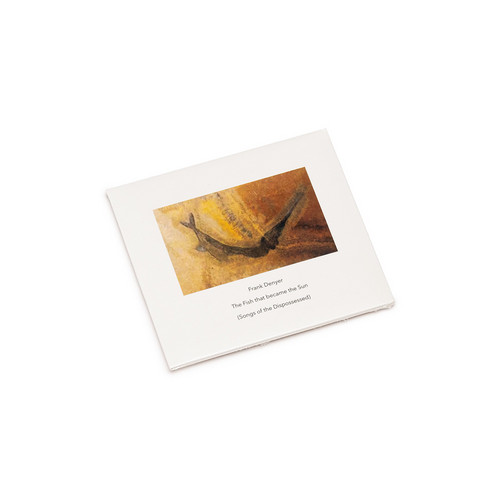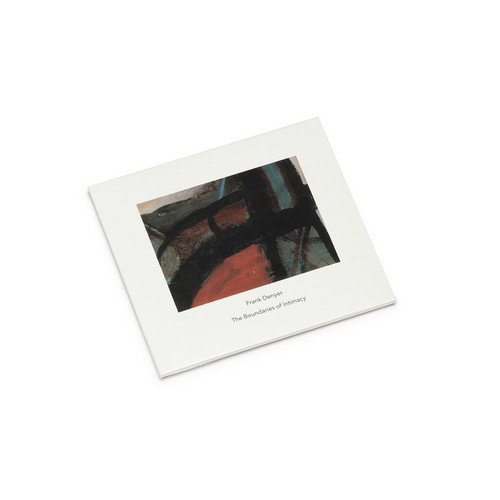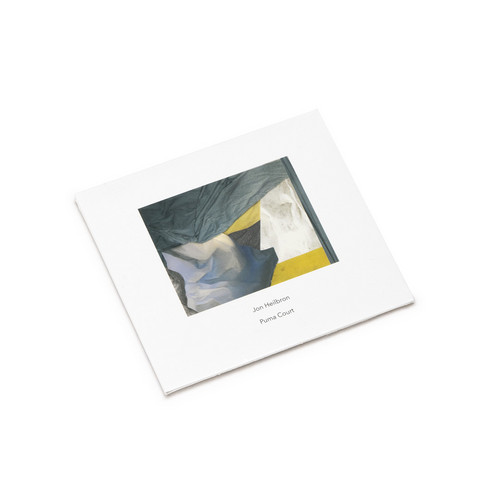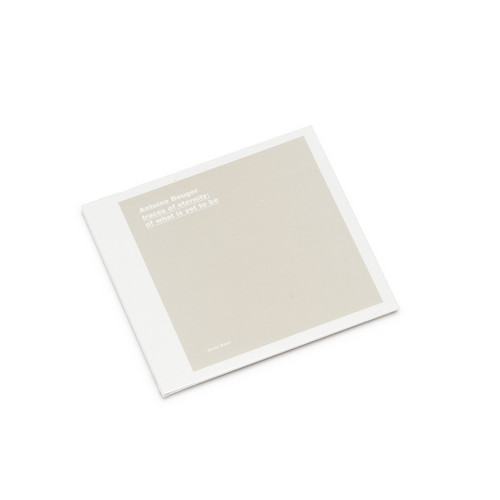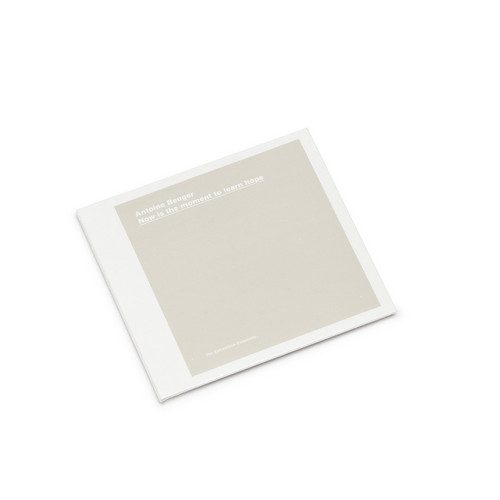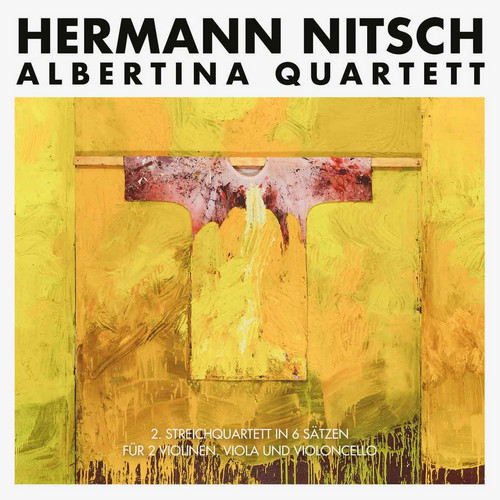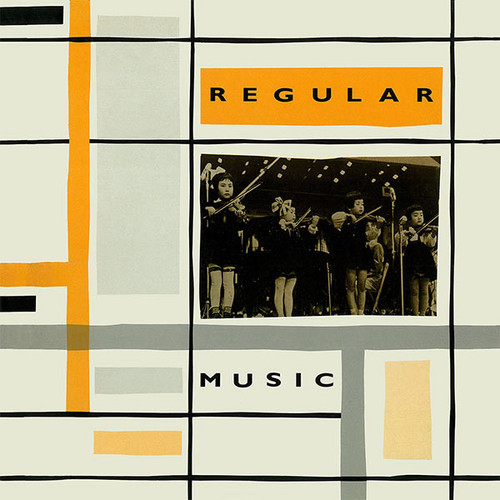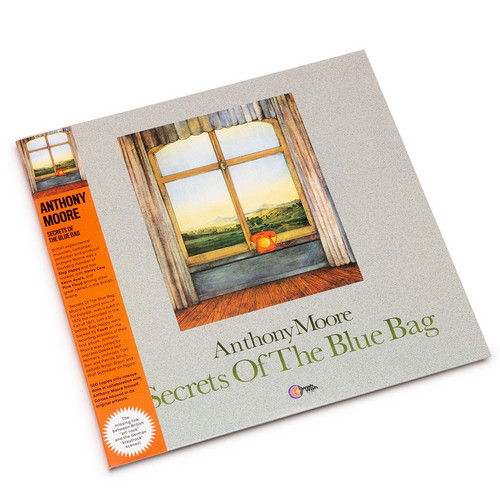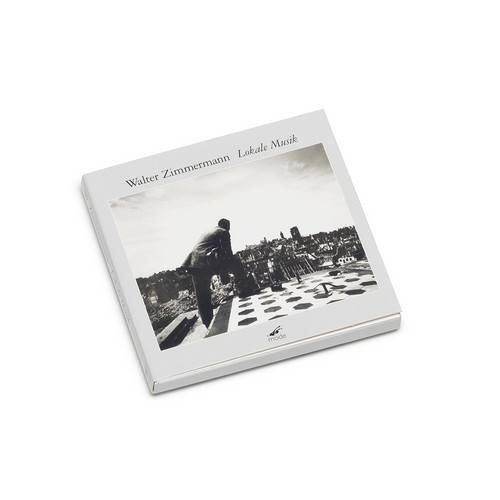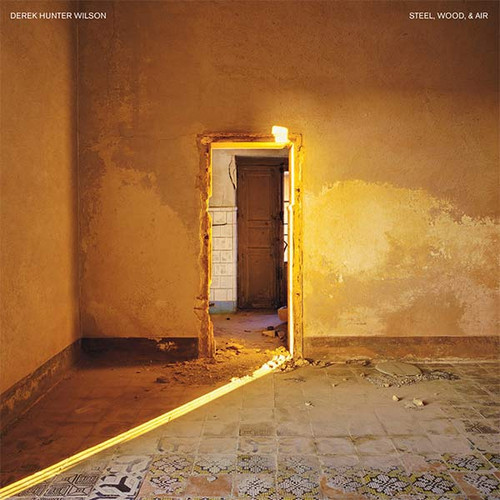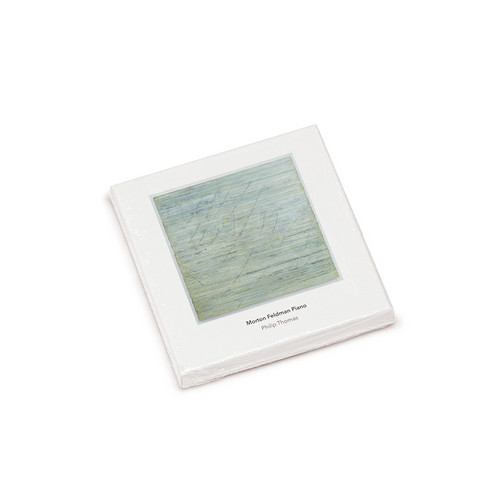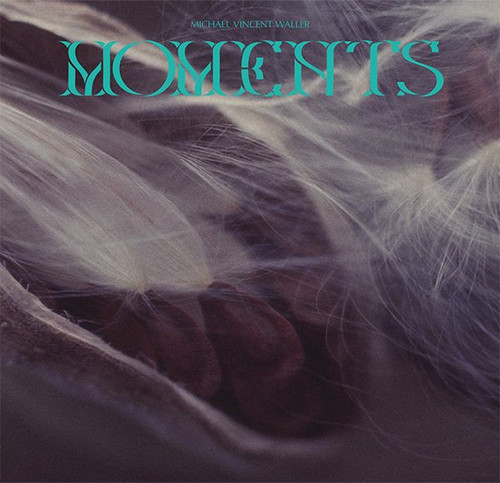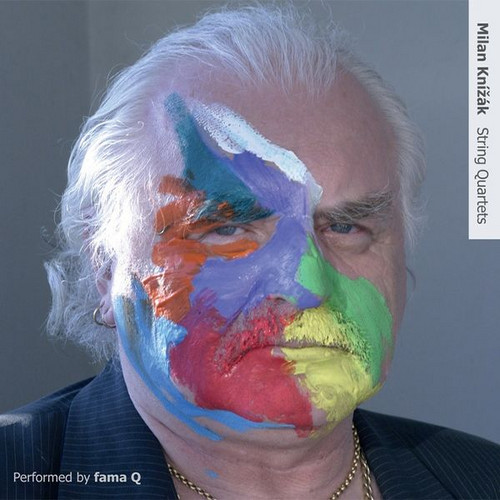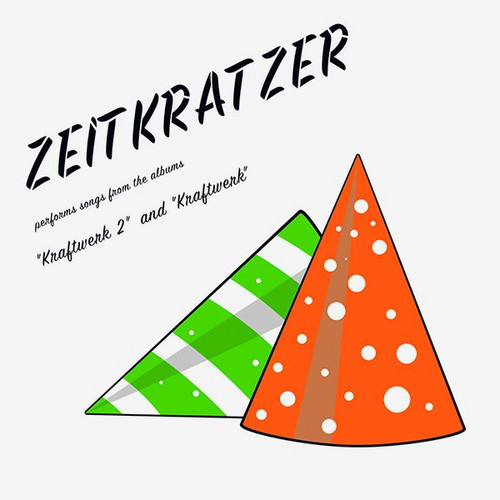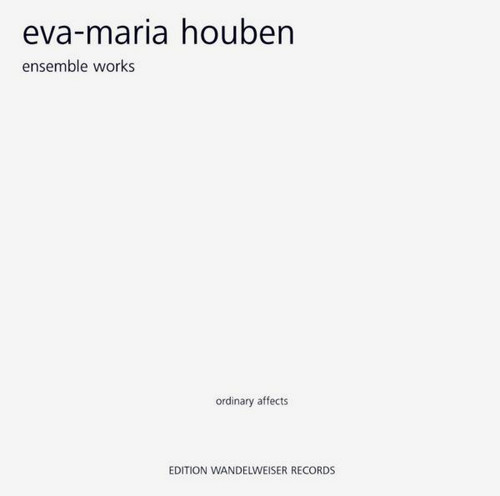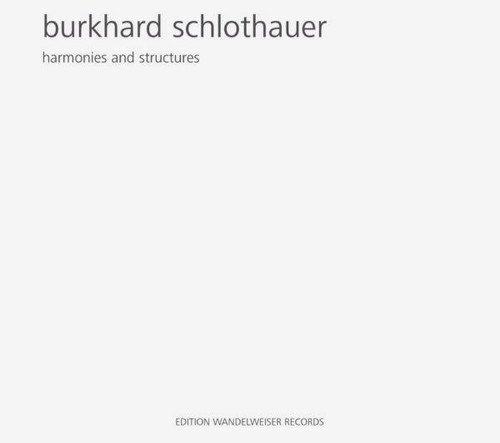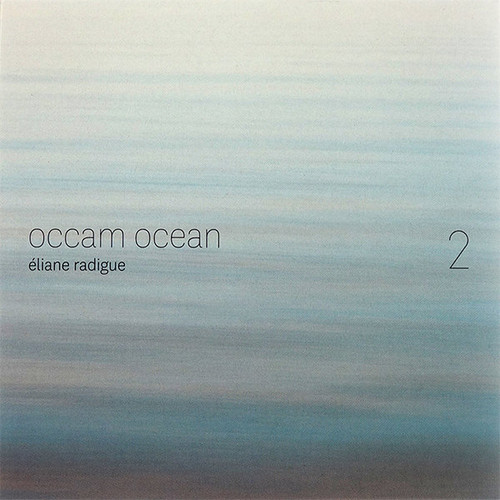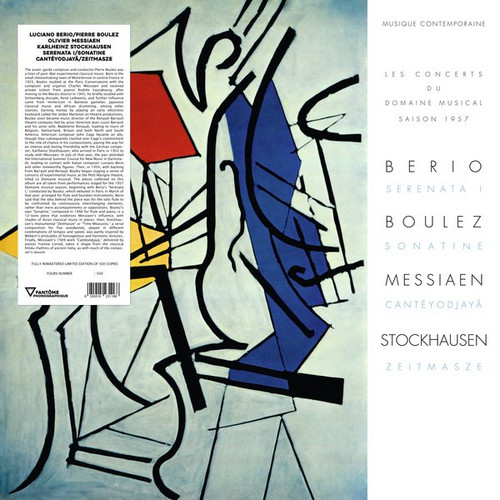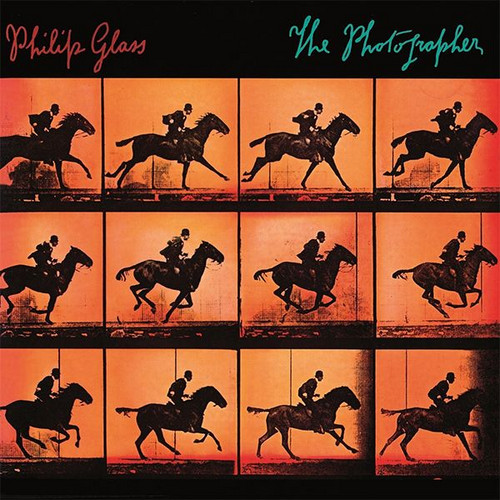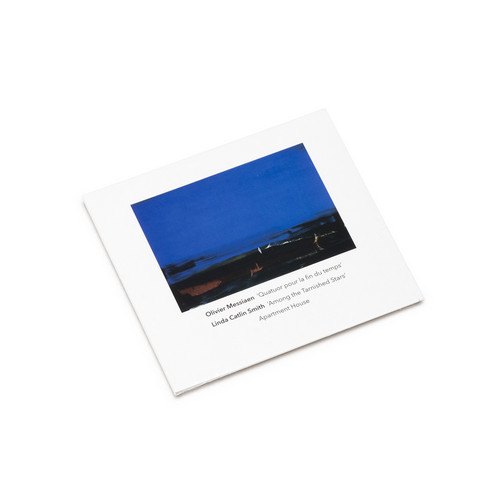The Fish That Became the Sun
Frank Denyer’s The Fish that became the Sun (Songs of the Dispossessed) stands as one of the most ambitious and singular orchestral creations of recent decades. Conceived over several years and premiered over twenty years after completion, this piece distills Denyer’s fascination with sonic diversity and theatrical intensity. The score assembles a phantasmagoria of acoustic colors: alongside chorus and solo violin, one encounters sitar, crumhorns, cimbalom, children’s songs, and a host of constr…
The Boundaries of Intimacy
British composer Frank Denyer presents seven beautiful chamber works dating from 1974 to 2018, opening a door to his unique soundworld. Released by Another Timbre in November 2019, The Boundaries of Intimacy features sublime, unexpected pieces of delicate intimacy performed by a variety of artists including Luna String Quartet, Juliet Fraser, Elisabeth Smalt, Jos Zwaanenberg and Nobutaka Yoshizawa.
"Most of the music on this CD is soft, some of it very soft indeed. To achieve the optimal listeni…
Puma Court
Puma Court stands as a study of texture and sonority, shaped through the unique pairing of two double basses and two hardanger fiddles. Composed by Jon Heilbron, whose practice bridges modern settings and folk tradition, these works were born from collaborative sessions in Norway and Berlin. The project’s genesis traces back to a duo concert with Norwegian bassist Håkon Thelin, inspiring Heilbron to expand his ideas to a quartet format with the addition of hardanger fiddlers Helga Myhr and Rasmu…
Traces of Eternity: of What Is Yet To Be
**300 copies** "There have been quite a few releases of Antoine Beuger’s music over the past several years and it’s an odd, and very pleasurable thing to consider them en masse. On the one hand, his music is so diaphanous, so air-suffused that you’d think it might be difficult (not to mention unnecessary) to differentiate them mentally. On the other, they’re always very different. There’s that old AMM aphorism: “as alike or unalike as trees” that conveys something of my feelings about Beuger’s w…
Now Is The Moment To Learn Hope
**300 copies** "There have been quite a few releases of Antoine Beuger’s music over the past several years and it’s an odd, and very pleasurable thing to consider them en masse. On the one hand, his music is so diaphanous, so air-suffused that you’d think it might be difficult (not to mention unnecessary) to differentiate them mentally. On the other, they’re always very different. There’s that old AMM aphorism: “as alike or unalike as trees” that conveys something of my feelings about Beuger’s w…
Albertina Quartett
Hermann Nitsch's String Quartet No. 2 in six movements for two violins, viola, and violoncello, was performed by the Viennese Koehne Quartet. Recorded during the exhibition Nitsch. Spaces of Color at the Albertina Museum, Vienna on the May 29th, 2019.The music is played by The Koehne Quartett: Joanna Lewis - 1. Violine; Anne Harvey-Nagl - 2. Violine; Lena Fankhauser - Viola; Mara Achleitner - Violoncello. Recording and Mastering by Christoph Amann.
Regular Music
Regular Music were early instigators of the UK post-systems movement whose work straddles the spheres of rock, minimalism and post-punk. The band was formed in 1980 by composer / performers Helen Ottaway, Jeremy Peyton Jones and Andrew Poppy who met at Goldsmiths College in SE London where they studied music in the 1970s. Rather than wait for commissions they looked to models such as Steve Reich, Philip Glass, Gavin Bryars and Michael Nyman who formed their own ensembles to play their music.The …
Secrets Of The Blue Bag
**500 copies** British experimental musician, composer, performer and producer Anthony Moore was a founding member of Slap Happy and has worked with Henry Cow, Kevin Ayers, and Pink Floyd among other great names in the British scene. In 1971 he moved to Hamburg, Germany, and worked in the boiling experimental scene of the city. As a result, two LPs were issued on Polydor Germany in 1971 and 1972, right before forming Slap Happy with old school pal Peter Blegvad and Dagmar Krause.Secrets of the B…
Lokale Musik
Despite having an undeniable canon, the minimalist music movement which developed during the 1960s and continues to flourish and evolve today, is defined by a remarkable breadth in ideas and compositional approach. Particularly in Europe, it rapidly took on a diverse number of influences and became very much its own thing. Of the composers who proposed an alternate reality for this territory of sound, there have been few more accomplished than the German composer, Walter Zimmermann.All too often…
Steel, Wood, & Air
**300 copies** Portland composer and pianist Derek Hunter Wilson returns with his second album, entitled Steel, Wood, & Air. Ten lush, expressive pieces featuring piano, bass clarinet, and strings, this collection reflects the efforts of a young musician challenging himself and discovering his voice in the process. Inspired equally by the contemporary neoclassical scene and early recordings on the ECM label, Steel, Wood, & Air stands, timeless and buoyant, on its own.After releasing his debut al…
Morton Feldman Piano
Philip Thomas presents a major 5CD collection of virtually all of Morton Feldman's music for piano, the most extensive survey of Feldman's piano music to date. Released by Another Timbre in September 2019, exactly 20 years after John Tilbury's pioneering but long unavailable 4CD set, this box includes several pieces which weren't included there, and three works which have never been released on disc before.
Feldman (1926-1987) was part of a radical group of experimenters alongside John Cage, Chr…
Moments
In essence, the sound of the piano comes in two parts: its attack and its decay. The striking of a hammer is followed by the resonance of a string or strings. (Much the same might be said about the vibraphone, as it happens.) This dual quality of sound comes to mind when listening to Moments by New York-based composer Michael Vincent Waller. Performed by pianist R. Andrew Lee and vibraphonist William Winant, Moments − his third album, following Trajectories (Recital, 2017) and The South Shore (X…
String Quartets
Violin was Milan Knizak's first instrument. He has composed hundred of works of this ilk; the first one DHK, 45 years ago. Next to his destroyed works, Milan took notations of different composers, cut them and put them together (with his own score) into a collage, expressing his feelings and his apprehension of music.Fama Q is a string quartet founded in 2005 in Prague. Its members, being also orchestral musicians with the Prague Philharmonia, were always devoted to chamber and string quartet mu…
Performs Songs from 'Kraftwerk 2' and 'Kraftwerk'
**500 copies** Not to be confused with the first volume released by Karlrecords in 2017, here comes the second installment of 'modern composition supergroup' - as nailed down by The Wire - Zeitkratzer's re-interpretations of early compositions by electronic pioneers Kraftwerk. Founded in 1997 by Reinhold Friedl, Zeitkratzer have since been creating an impressive broad catalogue of recordings, from the obligatory (20th Century avant-garde composers like Cage, Stockhausen or Lucier) to the unexpec…
Ensemble Works
Three detailed and fragile compositions from German minimalist composer Eva-Maria Houben reveal themselves over two CDs, performed by the Boston-based experimental music ensemble, Ordinary Affects, with Houben herself on organ recording at Memorial Chapel, in Wesleyan University. Disc 1: Echo Fantasy I, IV & VDisc 2: Gesang XI, Unter AnderenPerformed by Ordinary Affects: Morgan Evans-Weiler (violin), Laura Cetilia (cello), J.P.A. Falzone (vibraphone/piano), Luke Martin (guitar) with Eva-Maria Ho…
Harmonies and Structures
Nine – for John Cage (2010) by Zeirkratzer with Reinhold Friedl (inside piano), Frank Gratkowski (bass clarinet), Hilary Jeffery (trombone), Hild Sofie Tafjord (horn), Burkhard Schlothauer (violin), Anton Lukoszevieze (cello), Ullrich Philipp (double bass), Marc Weiser (electric guitar), Christian Lillinger (percussion). The well-known Zagreb music biennale, which has been a hotspot for contemporary music for more than 30 years, asked Reinhold Friedl, musical director of Zeitkratzer, to perform …
Occam Ocean Vol. 2
There’s little argument that Éliane Radigue is among the most important composers working today. She a titan of the avant-garde, forever pushing into the unknown, bending the very notion of what music is, with the depths it can penetrate, into a singular territory, entirely her own. Until the early 2000s, Radigue’s deeply meditative works sprang almost entirely from an intimate relationship with her ARP 2500, but, over the years since, she has turned her focus to a remarkably collaborate way of …
Serenata I/Sonatine/Canteyodjaya/Zeitmasze
**Edition of 500. 180 gram vinyl** Fantôme Phonographique present a reissue of Serenata I/Sonatine/Canteyodjaya/Zeitmasze, originally released in 1958. The avant-garde composer and conductor Pierre Boulez was a titan of post-war experimental classical music. Born in the small cheesemaking town of Montrbrison in central France in 1925, Boulez studied at the Paris Conservatoire with the composer and organist Charles Messiaen and received private tuition from pianist Andrée Vaurabourg; after moving…
The Photographer
**2019 stock, reduced price** The Photographer is a chamber opera by world renowned composer Philip Glass, first performed in 1982 at the Royal Palace in Amsterdam. The story revolves around the life and work of photographer Eadweard Muybridge, the 19th century pioneer in photographic studies of motion and motion-picture projection. The centerpiece of the story is the trial for Muybridge's murder of the alleged real father of his child, an accusation Muybridge was indeed found guilty of. Remarka…
Among the Tarnished Stars / Quatuor pour la fin du temps
UK ensemble Apartment House performs two landmark works for the same instrumentation of violin, cello, clarinet and piano: Olivier Messiaen's Quatuor pour la fin du temps (1941) and Toronto based composer Linda Catlin Smith's Among the Tarnished Stars (1998). Released by Another Timbre in August 2019, this recording takes a fresh modern approach to the Messiaen, drawing out its experimental character, while revealing the sense of drama and intricate gradations of sonority in Smith's rich and mys…
